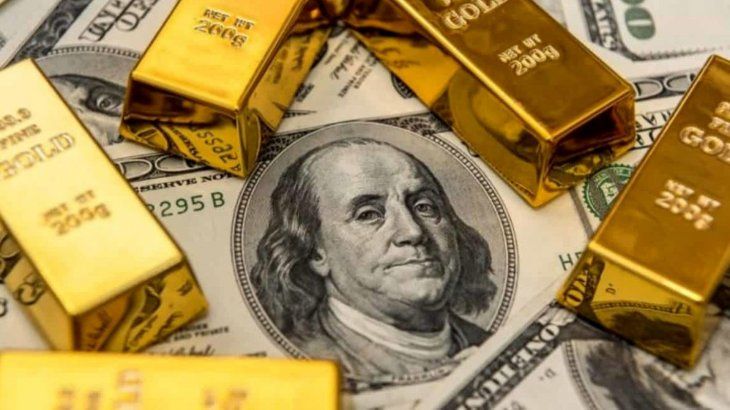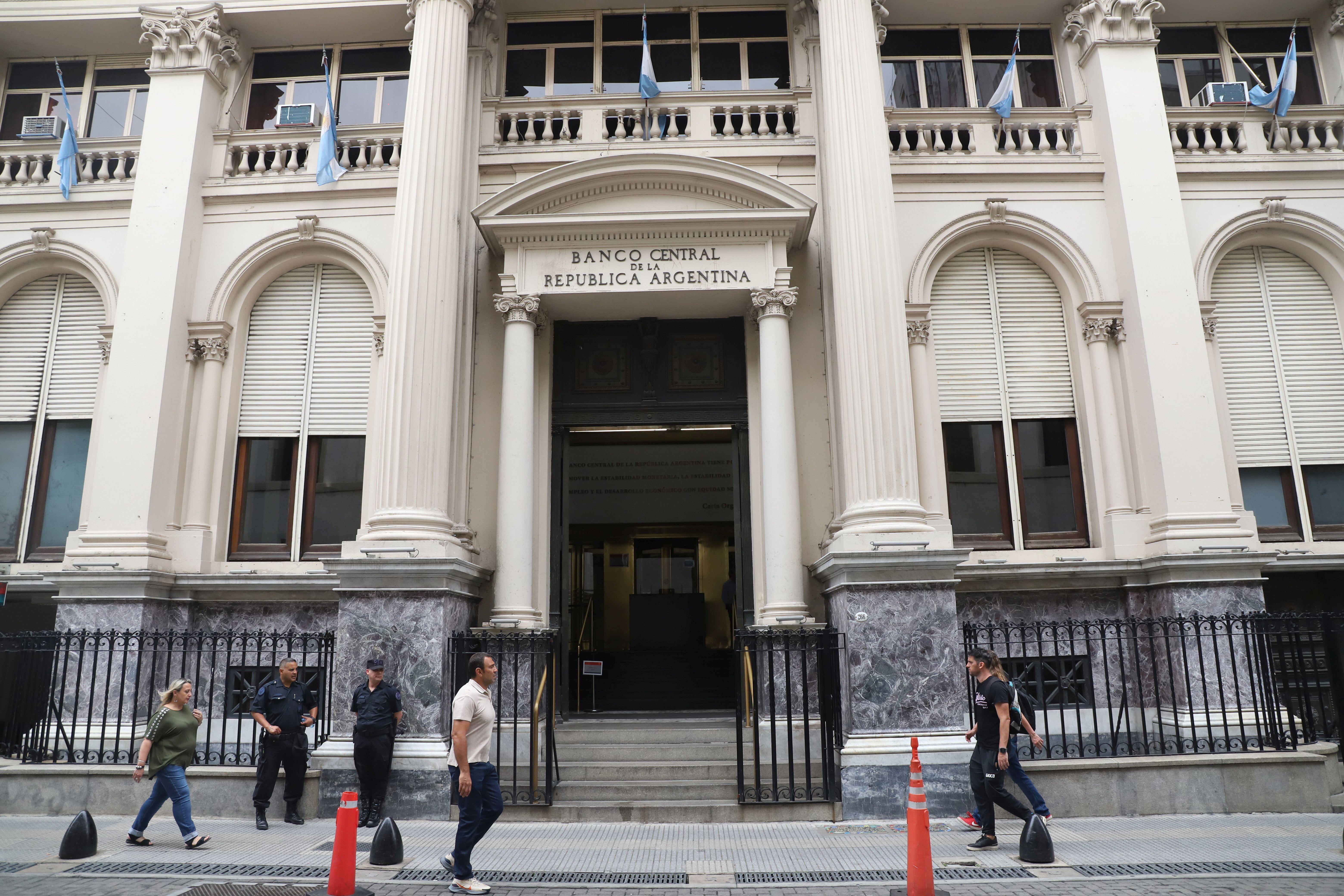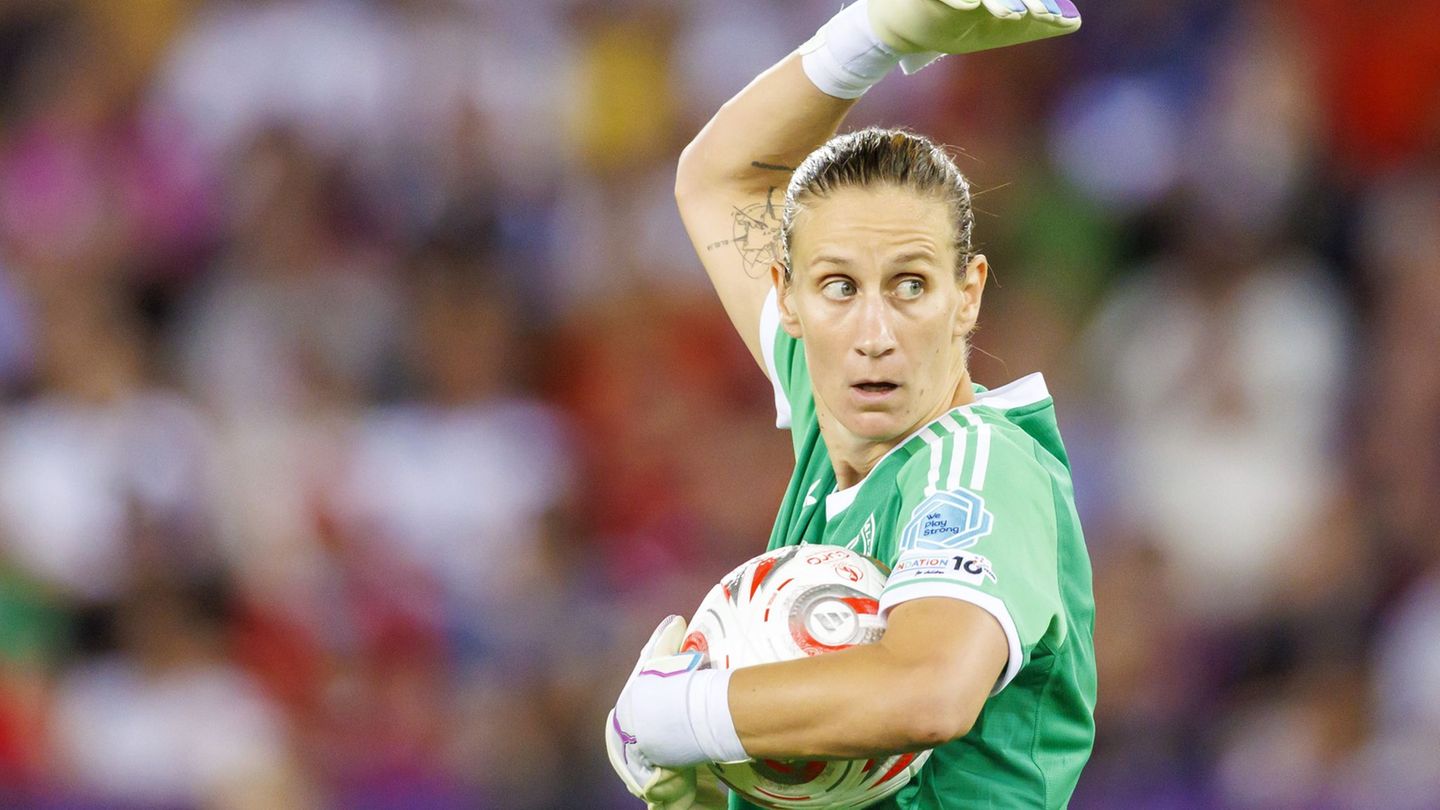Even though the Central Bank’s net foreign currency holdings remain negative, the position in the precious metal collaborates with the “cause” of rebuilding the monetary entity’s stock of reserves.
He gold It shines today more than ever in the markets, registering record prices, defying some forecasts and fears due to the impact of the probable actions of central banks in their anti-inflationary fight. In this context, where despite the strong foreign currency purchases that the Central Bank (BCRA) The Government still counts the available reserves “one by one”, the decision to maintain the position in the precious metal seemed to be correct. It’s like manna from heaven, the gold reserves of the BCRA have revalued hand in hand with the rise of the precious metal in the markets in recent months.
The content you want to access is exclusive to subscribers.
The BCRA has a gold position of 61.7 tons According to international statistics, it is the 50th country in the ranking of the top 100 global holders of gold. It happens that those tons of the precious metal today are equivalent to more of US$4,280 million, according to the price of the London LBMA market, when a year ago they were just over US$3.9 billion. But in reality, since the rise in the price of gold was unleashed back in November 2015, the BCRA’s gold reserves have revalued in nominal terms by more than US$2.1 billion.


The figures look complicated but when the economic authorities scrape the bottom of the can to look for a dollar, any revaluation of the reserves adds up, a lot. But above all because there was speculation, even during the previous administration, that the new Government would use the BCRA’s gold to face the first months in which, precisely, what was going to be lacking was liquid reserves. To have a dimension At the beginning of the year, gold reserves represented almost 15% of the BCRA’s total reserves.
But luckily, for now, the Government did not choose to gain liquidity by selling gold from reserves, as some economists with ties to the Treasury Palace suspected. What’s more, as this newspaper learned, the monetary entity itself was not very clear about the advantages and disadvantages of getting rid of gold. Perhaps, this caused the BCRA to maintain its gold holdings for the moment.
It is worth remembering that the current gold holdings come from purchase and diversification decisions, at a time in the virtuous circle of Kirchnerism, when the head of BCRA, Alfonso Prat Gayconvinced the then president Nestor Kirchner to stop accumulating some dollars in reserves and invest them in gold. Thus, more than 54.8 tons were purchased throughout 2004, and then during the first presidency of Cristina Kirchner in 2011 under the management of Mercedes Marco del Pont almost another 7 tons of gold were purchased. Thus, the BCRA, after having liquidated its holdings following the convertibility debacle, once again diversified a minimal portion of the reserves at that time into gold.
gold dollar reserves.jpg

For analysts, Fed policy will continue to be key to the outlook for precious metal prices in the coming months.
Gold: the bullish momentum and the expectation for Fed action
What are international analysts seeing now? First, they acknowledge their surprise because the prices that gold has already reached are notable in the current economic environment. Because Gold’s bullish momentum comes amid rising expectations of a Fed rate cut in Juneso Fed policy will continue to be key to the outlook for precious metal prices in the coming months.
People at Dutch bank ING explain that a weaker dollar and lower US Treasury yields, coupled with ongoing geopolitical uncertainty, have been gradually pushing up gold prices since mid-February. They believe Fed policy will remain key to the outlook for gold prices in the coming months and expect them to remain volatile as the market also reacts to macroeconomic factors and geopolitical developments.
While Swiss banking experts Julius Baer They consider that recession risks have been decreasing in recent months and expectations related to a rapid reversal of monetary policy have been recalibrated. Now the market is waiting for clues from both the Fed and the rest of the central banks to try to find out when they will start lowering rates. For the folks at British firm AJ Bell, the metal’s pace of rise may be less spectacular, but its steady gains may reflect the continued rise in public debt around the world, but particularly in the United States.
What seems increasingly clear is that gold’s new highs indicate that global central banks are likely hoarding the precious metal in an effort to diversify away from the dollar, as persistently large fiscal deficits threaten to further erode its real value and lead to more inflation.
Source: Ambito




